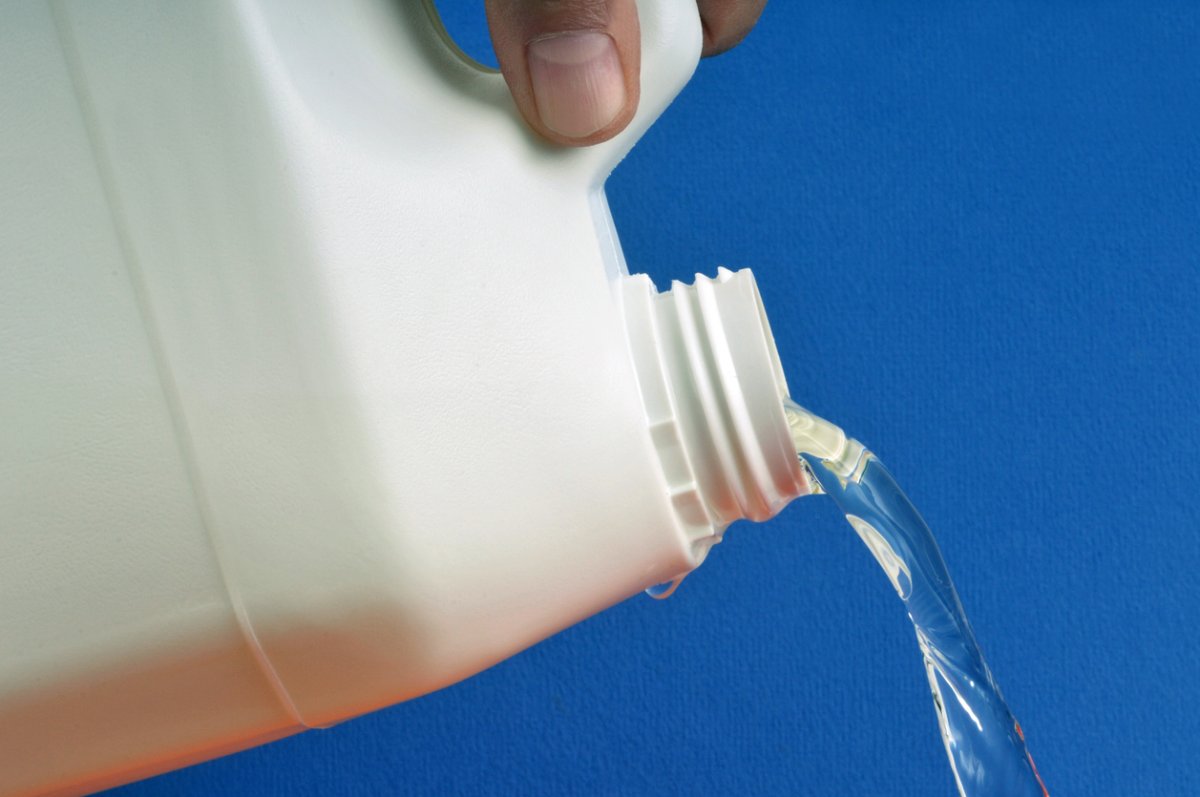

We may earn revenue from the products available on this page and participate in affiliate programs. Learn More ›
Bleach, aka sodium hypochlorite, has a variety of uses that extend far beyond cleaning clothes. You can use bleach for everything from boosting flower blooms to minimizing mosquitoes and refreshing a wood fence. However, it’s a strong chemical that should be used with caution.
For safety’s sake, keep bleach in a childproof cabinet and never mix it with ammonia, vinegar, or other acidic cleaners because it can create a toxic gas that’s potentially lethal. You should also only use it in a well-ventilated area since bleach vapors can irritate your eyes and lungs. When used safely, bleach is so much more than just a way to whiten your laundry.
1. Make Glassware Sparkle

Add a teaspoon of bleach to your dishwasher load to restore shine and sparkle to your glassware. No dishwasher? Simply soak glasses in a solution of one part bleach to four parts water for a few minutes, then wash and rinse well.
2. Boost Flower Blooms
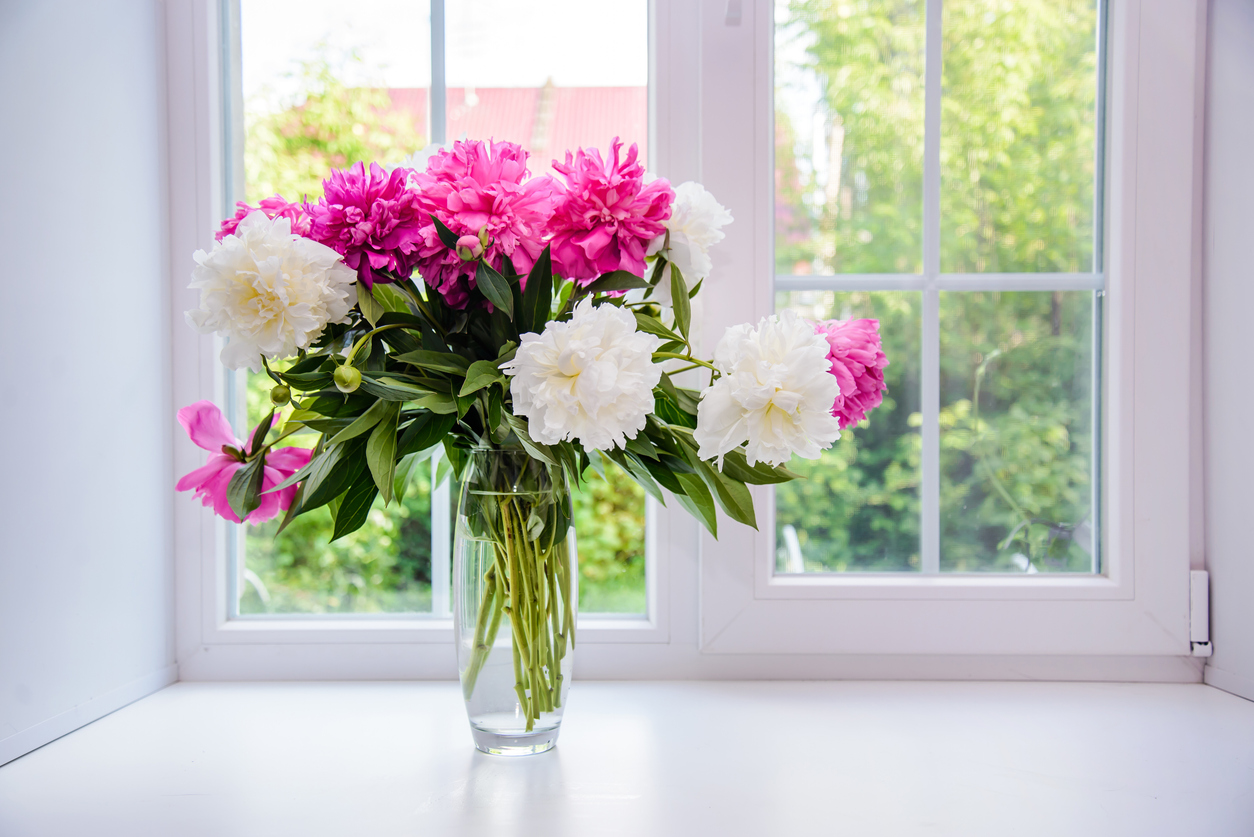
Keep cut flowers looking fresher for longer by adding a few drops of bleach to the water in the vase. Not only does this trick extend the life of your flowers, but it will keep the water clearer as well.
RELATED: 6 Ways to Keep Cut Flowers Fresh Longer
3. Disinfect Gardening Tools
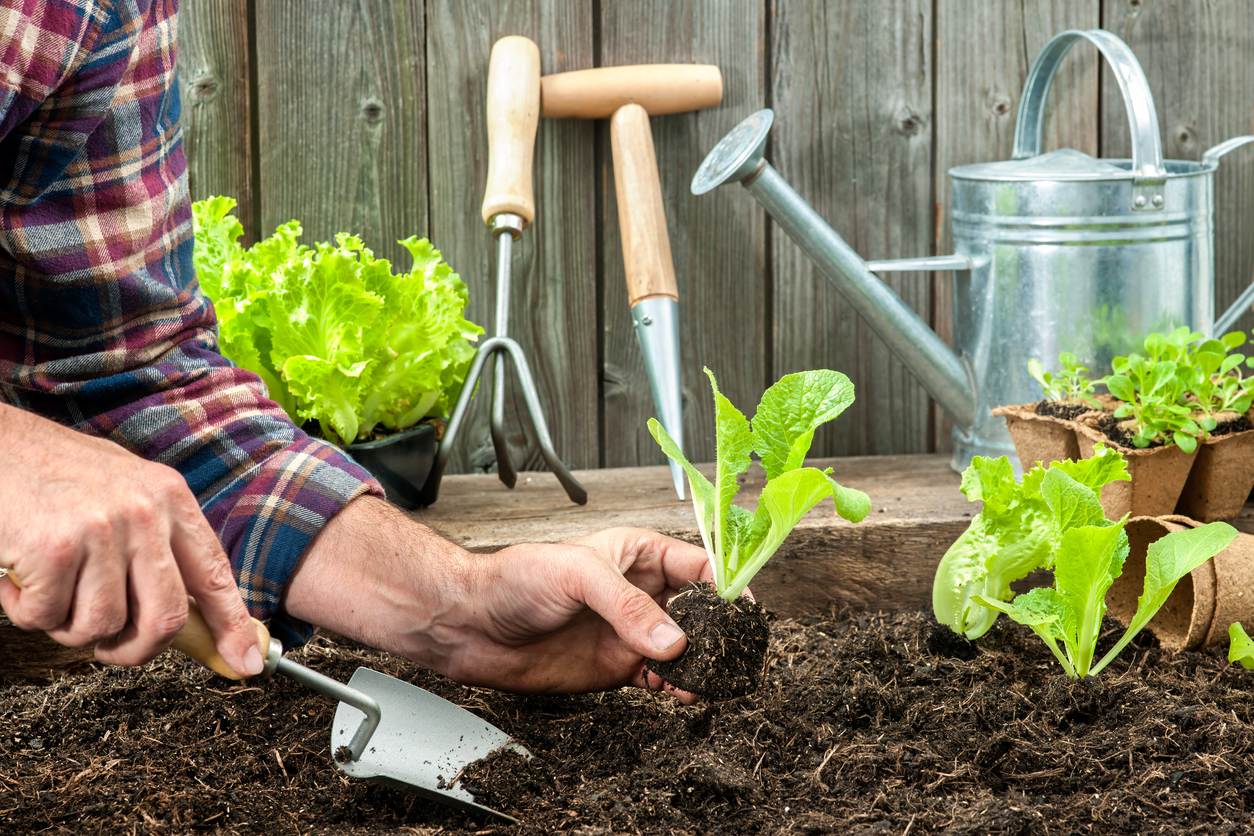
Soak garden tools in a solution of one part bleach to four parts water to disinfect and sanitize them, which reduces the risk of spreading diseases from plant to plant. Use the same solution on pots to kill any diseases before reusing the containers.
4. Get Rid of Weeds
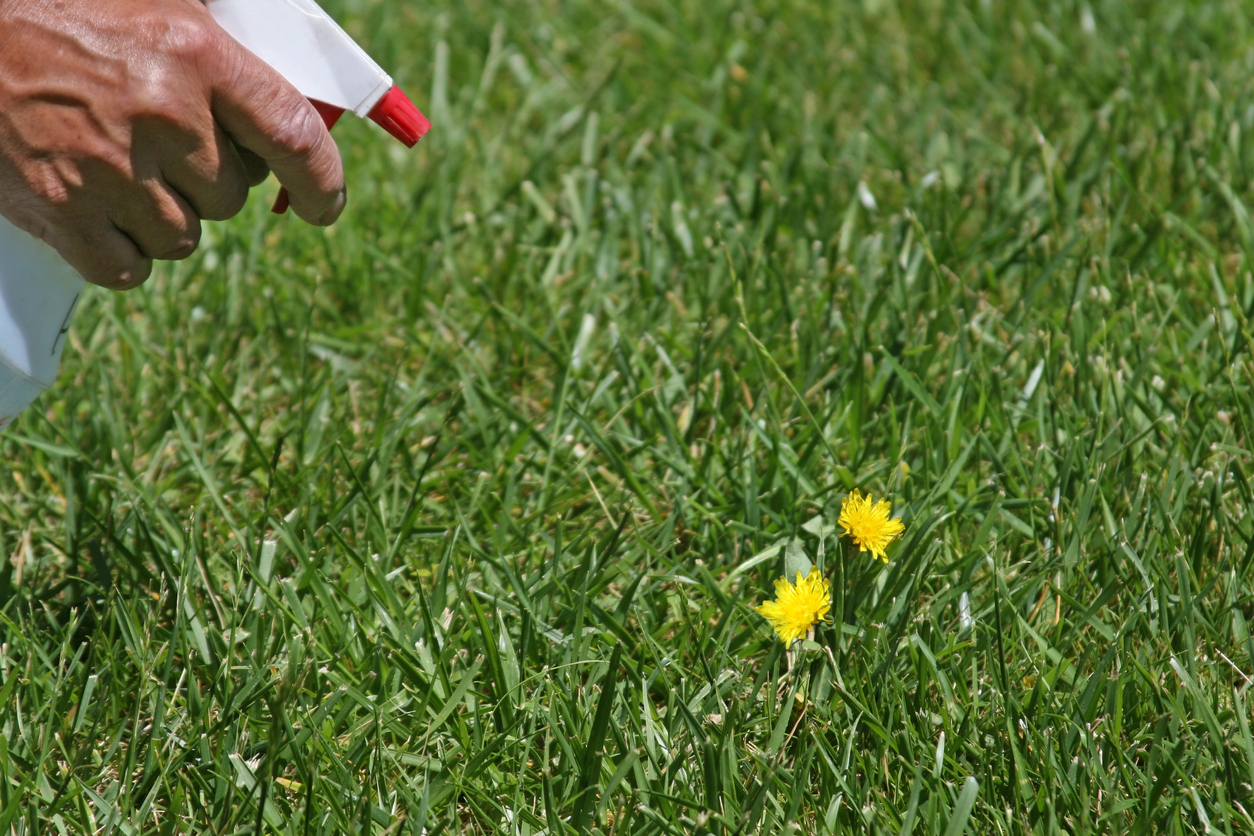
Undiluted bleach can zap weeds growing through the cracks in your walkway or driveway. Spray undiluted bleach on the weeds and let stand for a few minutes. The solution will kill existing weeds and help prevent new ones from sprouting. But bleach will also kill grass, flowers, and other vegetation (and may lighten patio surfaces), so take care where you aim.
RELATED: Homemade Weed Killers and Preventative Treatments That Really Work
5. Restore Your Garden Paths and Patios
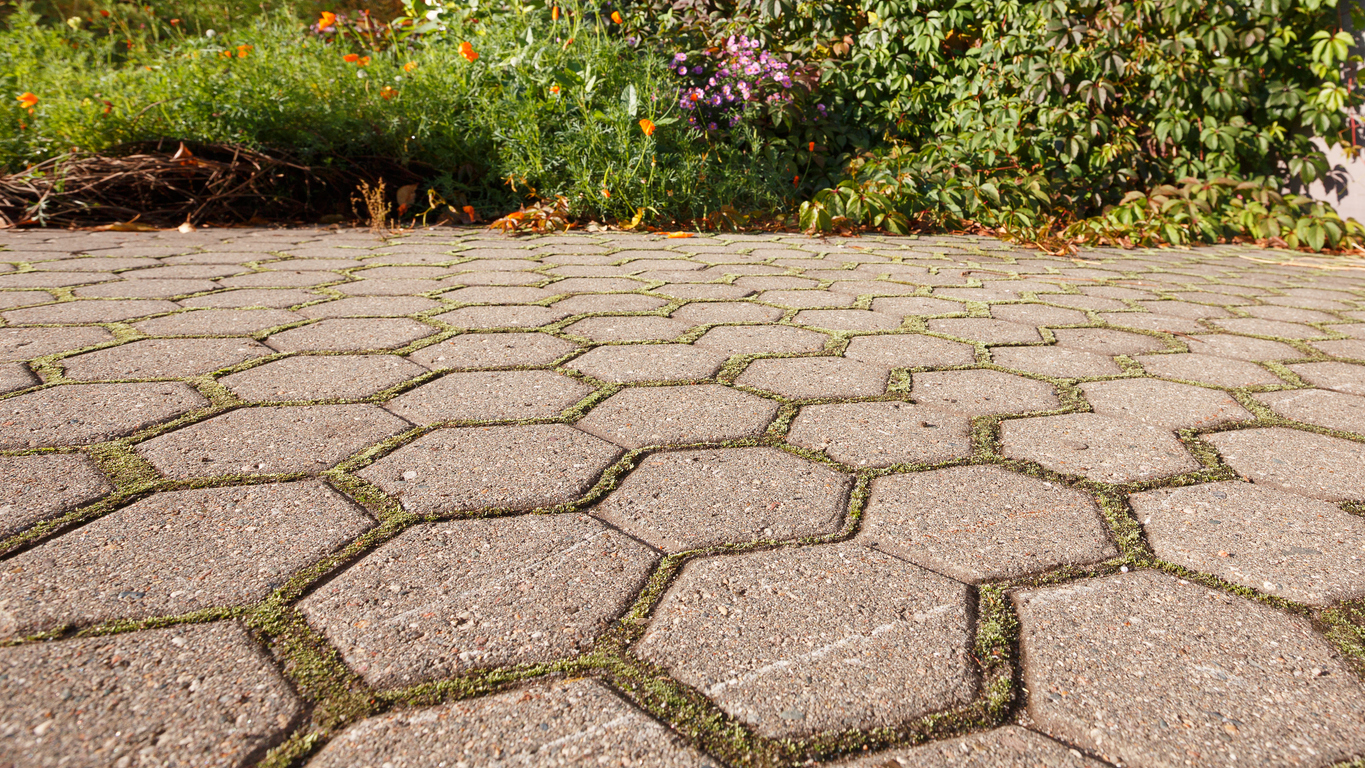
Stepping stones, masonry walkways, concrete sidewalks, and brick paths can look weathered and aged when moss and algae grows. Restore your garden lanes with a solution of 1 cup bleach to 1 gallon of water. Spray it on the walkway, let it stand for a few minutes, then hose away, taking care to aim away from border plantings.
6. Knock Out Mosquitoes
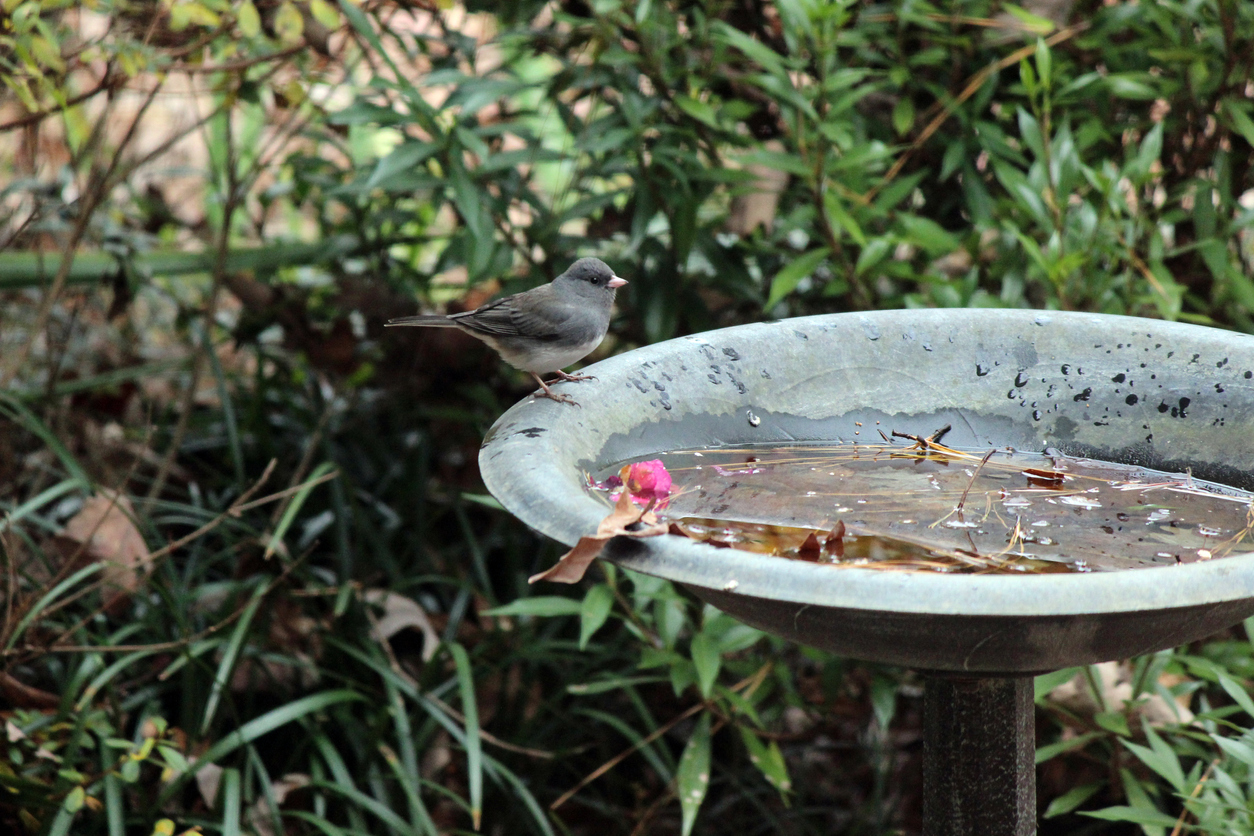
Bleach is more than just a powerful cleanser, it’s also a pesticide. When used with care, a few drops of Clorox bleach added to a birdbath keeps standing water mosquito-free. This treatment kills larvae, which grow in stagnant water. A little goes a long way, though; a tablespoon of bleach to treat 50 gallons of water eliminates pests while keeping feathered friends safe. Never add bleach to natural waterways and ponds.
RELATED: Solved! Does Bleach Kill Bed Bugs?
7. Renew a Wood Fence
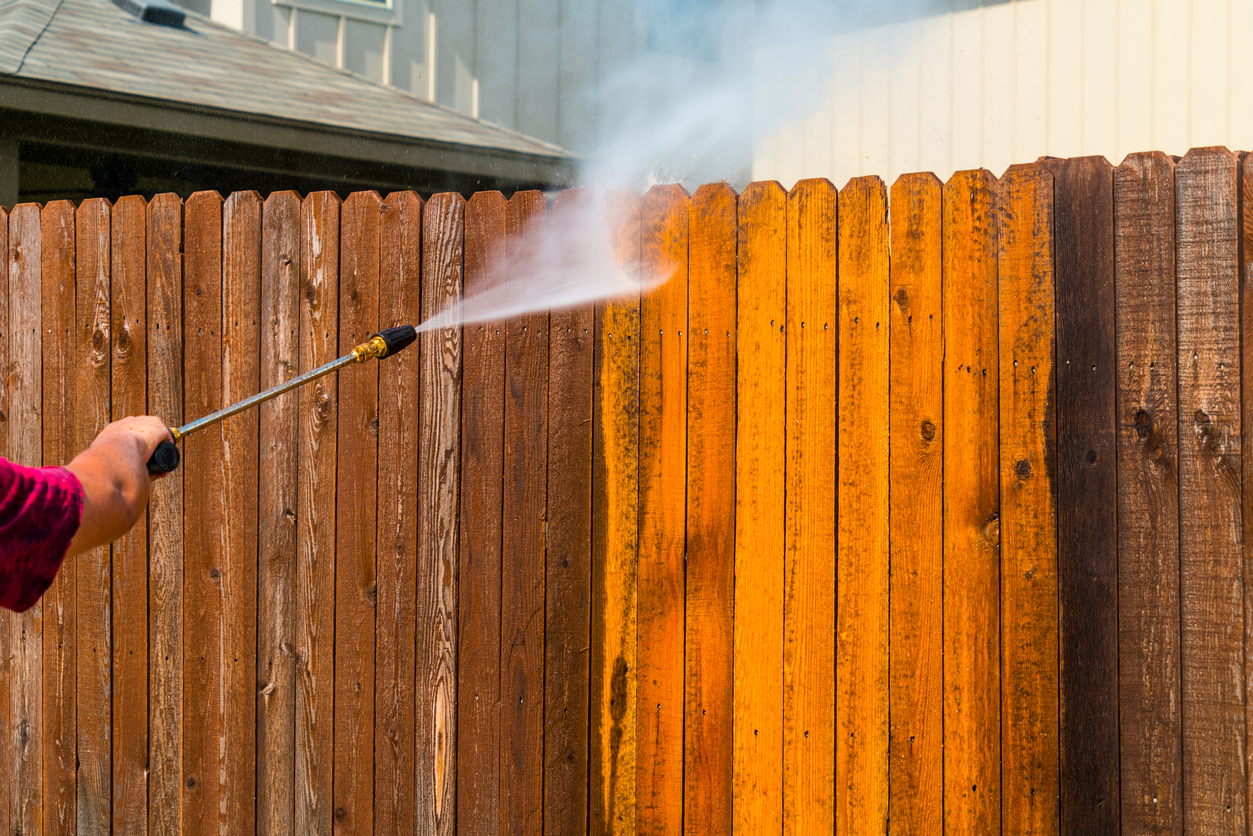
If a wood privacy fence has turned gray and dingy from mold, mildew, or dirt, refresh it with bleach. Place drop cloths on either side of your fence to protect vegetation from bleach damage and protect yourself with rubber gloves and eyewear. Then dilute bleach in water and, using a pump sprayer, apply it to the slats of the fence. After allowing the bleach to work for a few minutes, rinse clean with a garden hose.
8. Disinfect Water in a Pinch
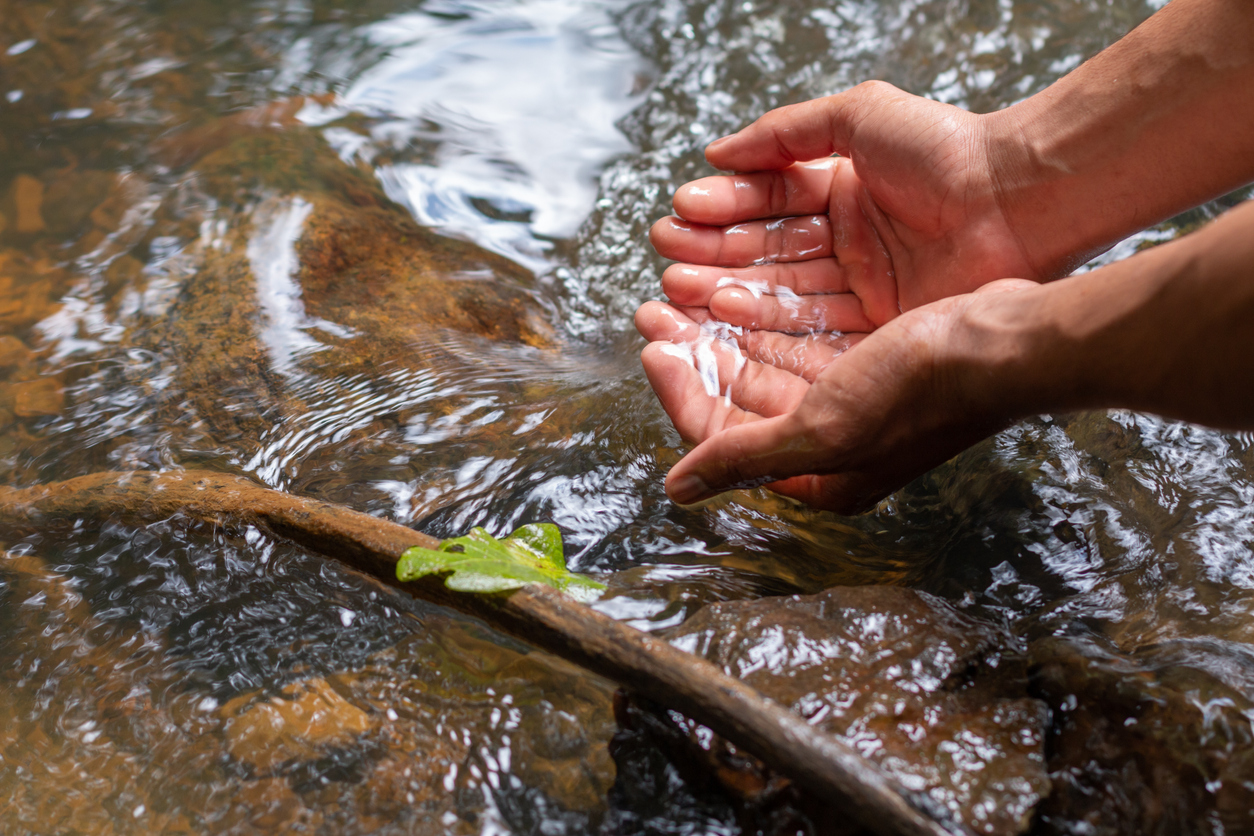
If you’re in an emergency and in need of fresh drinking water but can’t boil it, the Environmental Protection Agency recommends adding eight drops of 6 percent bleach or six drops of 8.25 percent bleach to 1 gallon of water to purify it. Stir the water and bleach mixture and let it sit for 30 minutes. If the solution has a slight chlorine smell, then it’s safe to drink. If not, repeat the dose.
RELATED: 8 Safety Tips for Disinfecting with Bleach
9. Clean Up After a Disaster
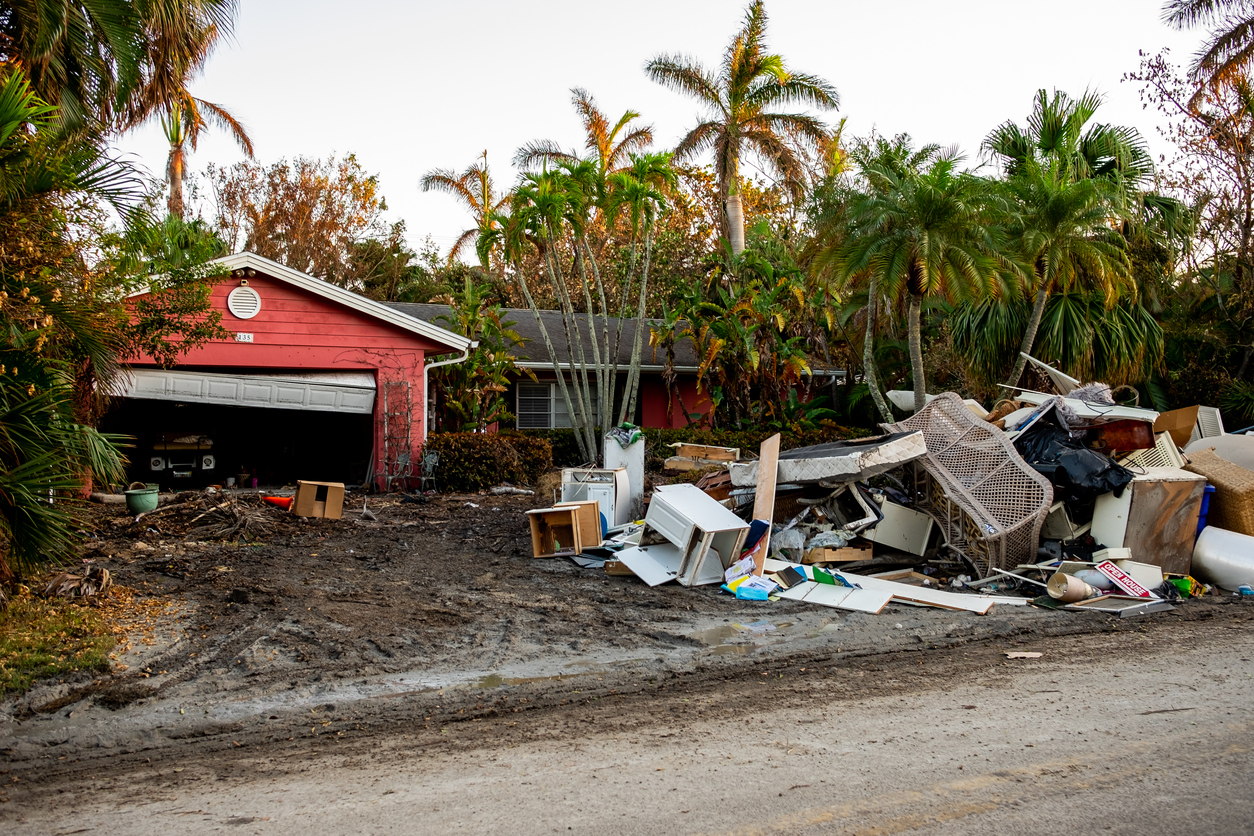
If a disaster such as a hurricane, house fire, or flood hits your home, use bleach to help you clean up and sanitize salvageable items. Bleach can remove mold and mildew from most surfaces, disinfect food surfaces to make them safe for eating, and sanitize items like toys and tools. The Centers for Disease Control and Prevention offer helpful dosing guidelines for a variety of disaster cleanup items and surfaces. If you use bleach to disinfect food surfaces, always make sure to rinse it completely before setting food on the surface.
10. Purify Your Humidifier
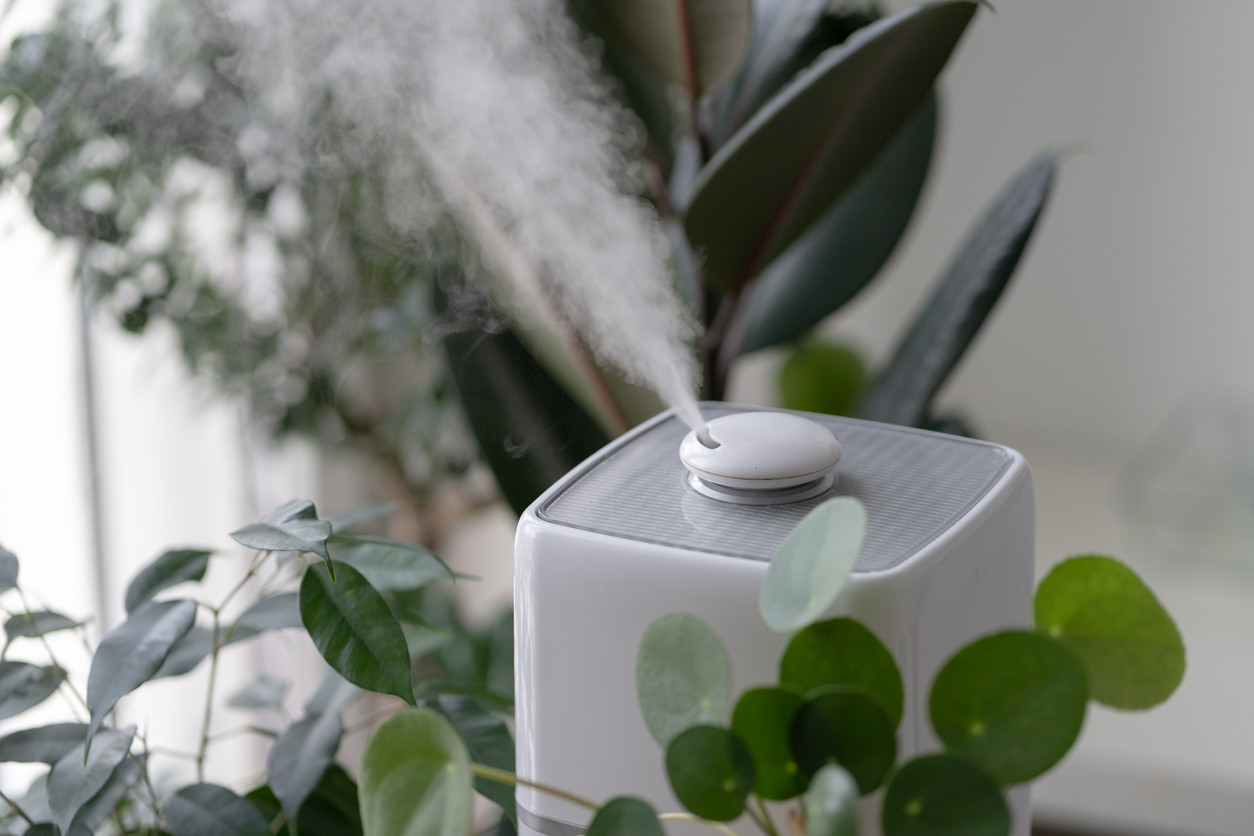
The Environmental Protection Agency recommends cleaning a humidifier regularly to reduce mold and bacteria, and using bleach is an effective way to get the job done. Simply mix 1 teaspoon of liquid bleach with 1 gallon of water, then pour it into the humidifier tank until it’s halfway full. Let it sit for 20 minutes before rinsing clean.
RELATED: 5 Signs Your Home Needs a Dehumidifier—and How to Select the Right One
11. Sterilize Sponges
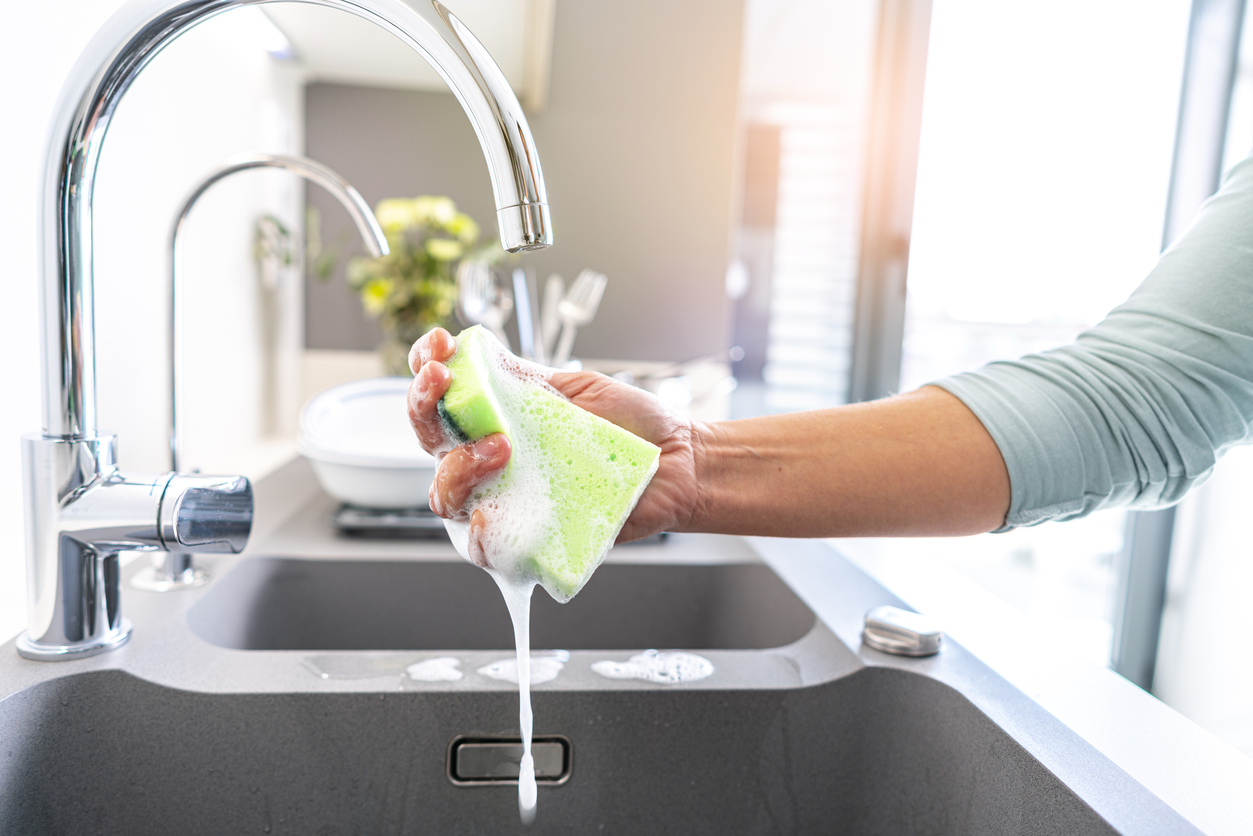
Sponges are a breeding ground for bacteria, so it’s a good idea to sterilize them at least once per week to keep germs at bay. Mix ½ teaspoon of 8.25-percent bleach with 1 quart of warm water, then completely submerge the sponge for 1 minute. Flush out the sponge with clean water, then let it dry completely.
12. Whiten Your Shoes
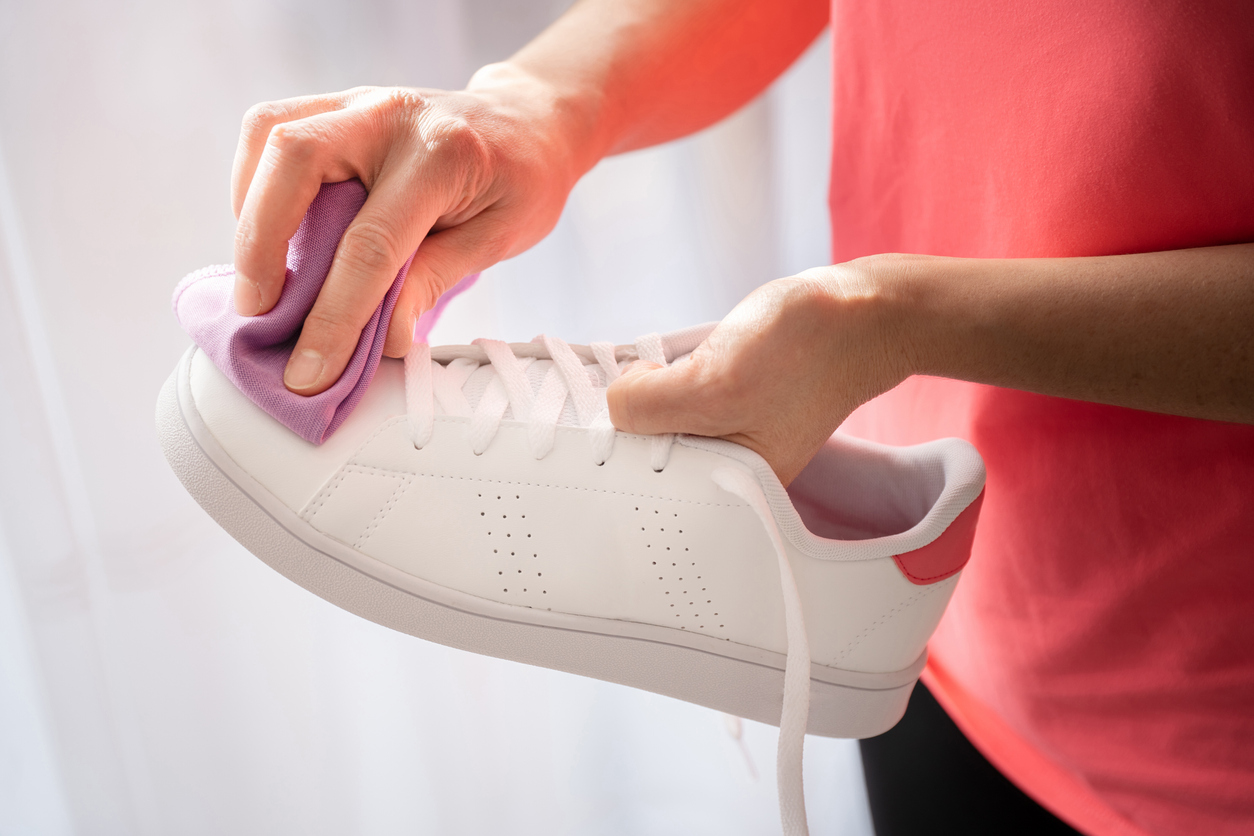
When white canvas shoes get dirty, you can brighten them right back up with a bleach solution. (Take care not to use too much bleach since it can yellow the shoes.) Mix 1 part bleach to 5 parts water, then scrub the solution over stubborn stains using a sponge or toothbrush. After that, dip a microfiber cloth into the solution and rub it over the shoes. Finally, use a different cloth to rinse the shoes with clean warm water before letting them dry completely, ideally outside or in a room with lots of ventilation.
13. Clean Outdoor Furniture

Making a bleach solution is an easy way to refresh patio furniture. If your patio set has seen better days, mix a solution of ⅓ cup bleach and 1 gallon of water, then use a heavy-duty sponge or brush to apply the solution all over the furniture. Wait for 6 minutes to allow for disinfection, then rinse it with a hose. Check any manufacturer cautions first and test the solution on a hidden patch of the furniture if you are uncertain about its use.
Bleach Storage and Disposal
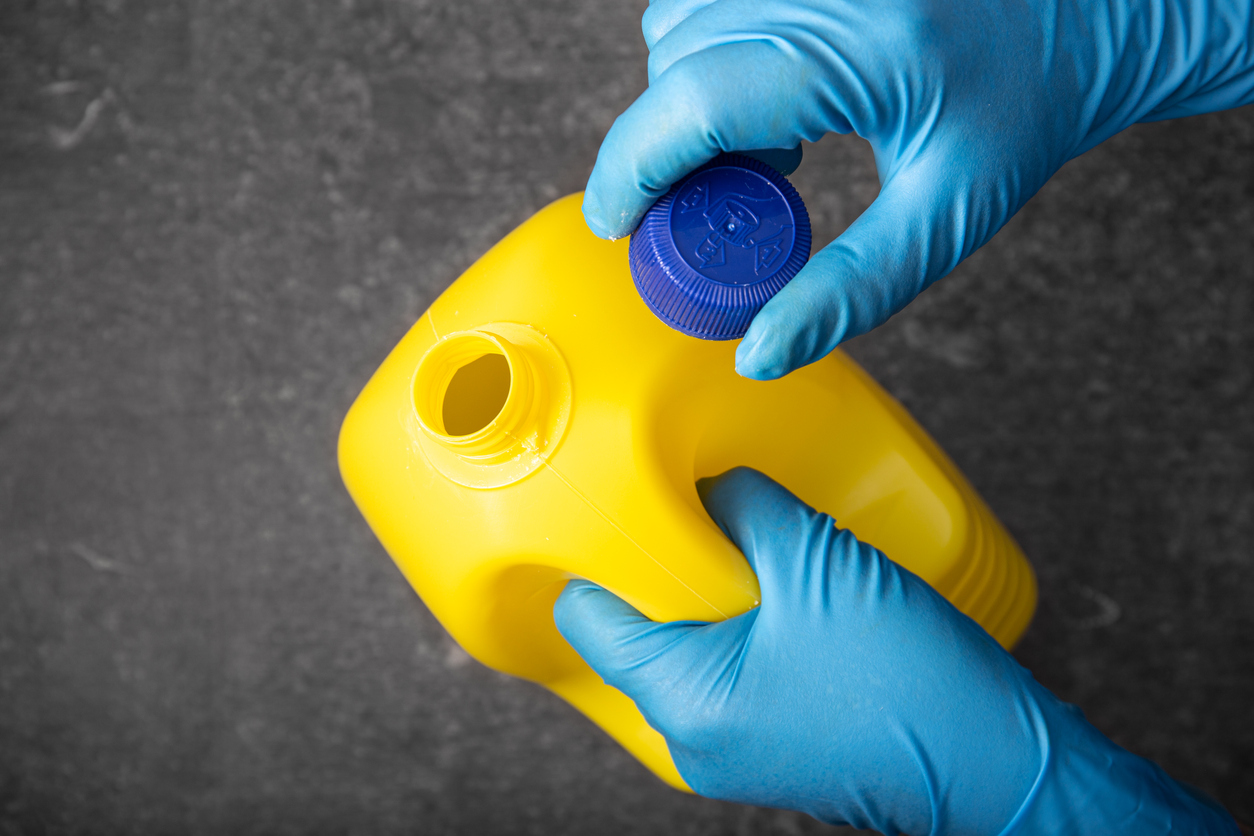
The shelf life of bleach is usually about 6 months, but if you store it in a dark area or cabinet at room temperature, it can last for up to a year. If your bleach has expired or you don’t need it anymore, you can dispose of bleach safely at a hazard waste disposal facility.
It’s not a good idea to pour bleach down the drain since it can damage pipes and potentially mix with other household chemicals, causing a dangerous reaction. If you must do this, make sure to dilute the bleach with lots of water. If you have a septic system, avoid pouring bleach down the drain. A high bleach concentration inside the septic tank can negatively affect the system’s delicate balance of bacteria.
